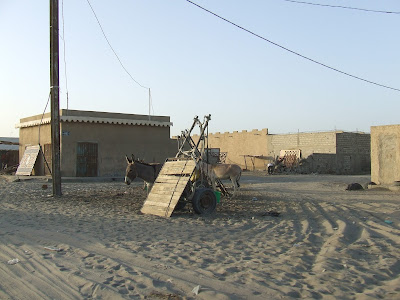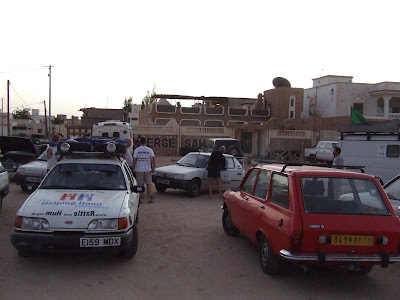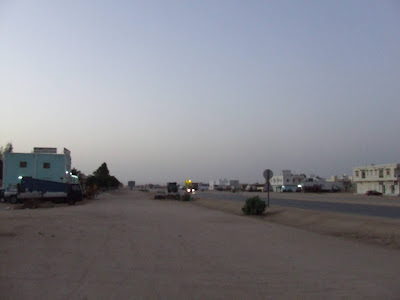This gorgeous cover-design is for my novella, ‘The Year
of the Dugong’ (Das Jahr des Dugong)’ due to be published in German on
October 26th by the amazing team at S Fischer Verlag in Frankfurt. So
far, this is an exclusive deal and I don’t yet have (any may never have) an
English language publisher for this story. All of which may sound a little odd,
and it deserves an explanation.
Perhaps I should start with the story.
Early in 2020 my agent, Stan, called me for a conversation.
Did I have another novel on the go? I told him I did. Sort of. Except it wasn’t
strictly a novel. It was a collection of short stories. There was an
uncomfortable silence on the phone. You never want your agent to go silent. And
this was when I learned that short stories are not particularly popular with
publishers. It may be my memory, but I seem to recall the expression, ‘career
suicide’ being floated in the conversation. It wasn’t especially encouraging.
Anyway, I stubbornly persevered with the collection, and
sure enough, just as everyone had predicted, the final set of stories was not
really suitable for publication. Which is a shame, but I get it. I shelved the
stories and started work on a novel instead.
But here comes the silver lining. There was one story in the
collection I was reluctant to part with. It was a tale about climate change. Climate
change is a tough subject for a fiction writer. It is a slow, unfolding catastrophe,
and the time scales are generally too long to grapple with effectively – at least
within the lifetime of a single protagonist. To get around this, I had the idea
of a Rip-Van-Winkle character from 2019 who falls asleep and awakens a very
long time in the future, only to find himself blamed for his part in the
destruction of the planet. One day, in the spring of 2021, I mentioned the
story on a zoom call with S Fischer Verlag. ‘The Whale at the End of the
World, (Der Wal und Das Ende der Welt)’ had been in Der Spiegel’s Top 10
Paperback chart for 50 weeks, and we were exchanging ideas for the new novel.
At one point I said, ‘this reminds me of a short story I’ve just written,’ and
my editor in Frankfurt said, ‘send it to me.’ A day or so later she called back. Could they
please publish it?
The story was The Year of the Dugong.
I am so excited that Fischer are publishing Dugong as
a novella. I did wonder, for a while, if I ought to develop it into a full-length
novel, but truthfully, the story felt complete; I sensed that stretching it out, and introducing
more characters would dilute the impact. I asked my editor at Fischer if she
could time the publication to coincide with COP26, the UN Climate Conference planned
for November 2021. She agreed. So it will hit the bookstands in Germany on 27th
October.
If no UK publisher picks up the story, I will post the English
language original onto this blog as a PDF or Kindle file to
coincide with the German publication. Or drop a comment into this blog and I
will email it to you on 27th October.
And that’s it. That’s why I find myself in the very unusual
position of having a book published exclusively in a language that I don’t speak.
And it has a beautiful cover. Don’t you agree?



























































.jpg)